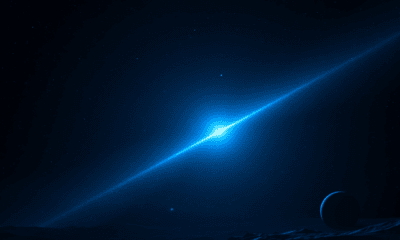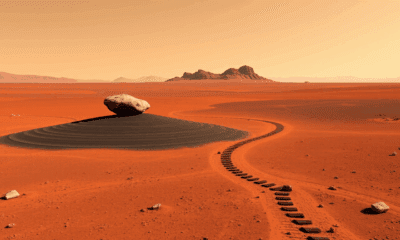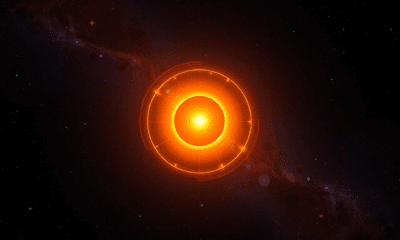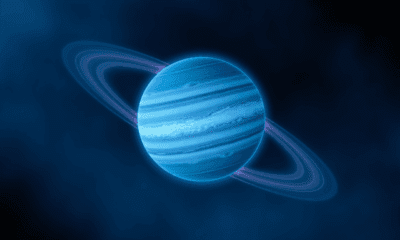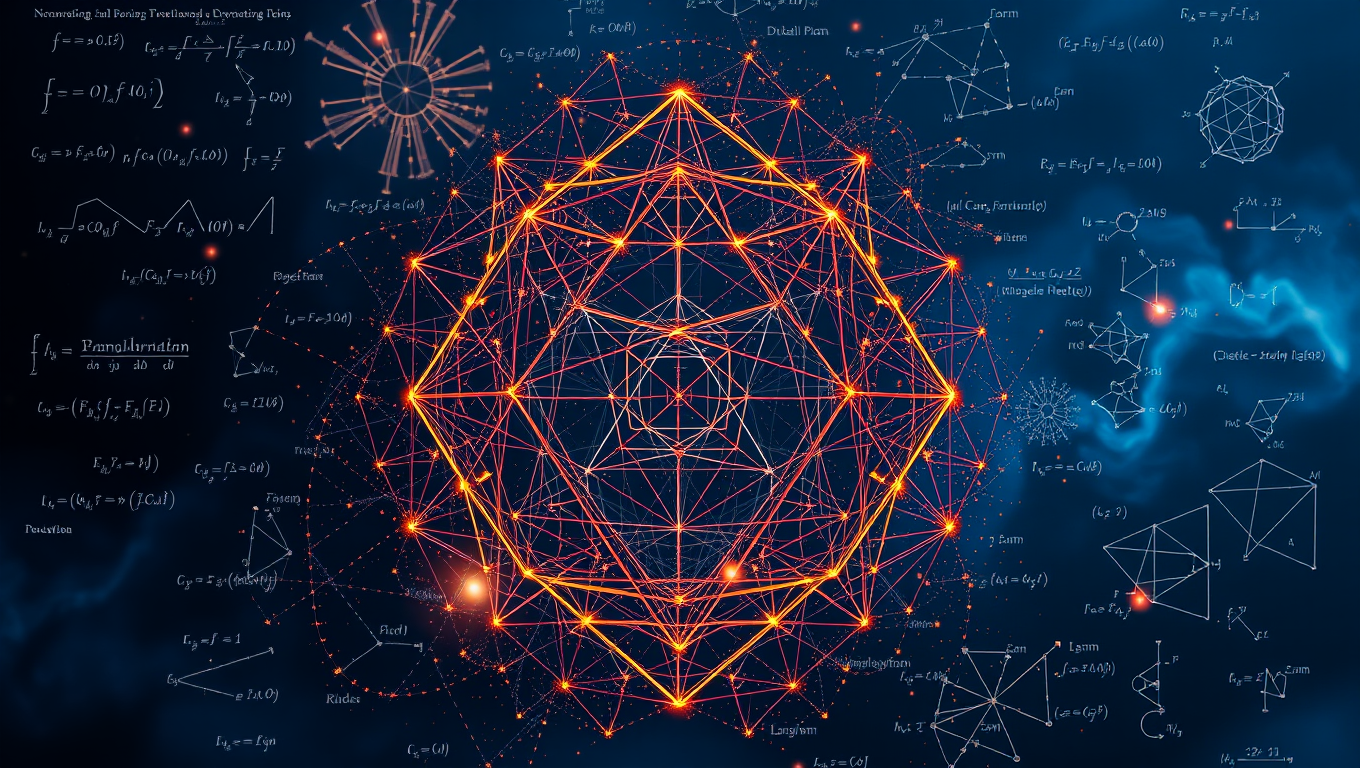While we try to keep things accurate, this content is part of an ongoing experiment and may not always be reliable.
Please double-check important details — we’re not responsible for how the information is used.
Astrophysics
Sharpest-Ever Solar View Reveals Tiny Stripes Driving Big Space Storms
A stunning breakthrough in solar physics reveals ultra-fine magnetic structures on the Sun’s surface, thanks to the NSF’s Inouye Solar Telescope. Researchers captured never-before-seen bright and dark stripes—called striations—within solar granules. These features behave like magnetic curtains rippling across the Sun, reshaping our understanding of magnetic field dynamics at microscopic scales. By achieving a resolution of just 20 kilometers, scientists could match real observations with simulations, revealing subtle magnetic fluctuations that alter how we see the solar surface. These discoveries illuminate not only solar activity but also magnetic behaviors in faraway cosmic environments, with implications for predicting space weather on Earth.

Astrophysics
The Unifying Language of Mathematics: A New Perspective on Physics and Cosmology
By exploring positive geometry, mathematicians are revealing hidden shapes that may unify particle physics and cosmology, offering new ways to understand both collisions in accelerators and the origins of the universe.
Asteroids, Comets and Meteors
The Elusive Planet Next Door Continues to Baffle Astronomers
NASA’s James Webb Space Telescope has detected strong evidence for a giant planet orbiting Alpha Centauri A, the nearest Sun-like star to Earth. Located just 4 light-years away, this possible Saturn-mass world may travel between one and two times the distance from its star that Earth does from the Sun. The planet appears to lie in the habitable zone, though its gas giant nature makes it unlikely to host life.
Astrophysics
Harnessing the Power of Black Holes: A Tiny Spacecraft’s Quest to Rewrite Physics
A visionary plan proposes sending a paperclip-sized spacecraft, powered by Earth-based lasers, to a nearby black hole within a century. Led by astrophysicist Cosimo Bambi, the mission would test the limits of general relativity and explore the mysteries of event horizons. While current technology can t yet achieve it, advancements in nanocraft design, laser propulsion, and black hole detection could make the journey possible within decades, potentially rewriting the laws of physics as we know them.
-

 Detectors9 months ago
Detectors9 months agoA New Horizon for Vision: How Gold Nanoparticles May Restore People’s Sight
-

 Earth & Climate10 months ago
Earth & Climate10 months agoRetiring Abroad Can Be Lonely Business
-

 Cancer10 months ago
Cancer10 months agoRevolutionizing Quantum Communication: Direct Connections Between Multiple Processors
-

 Albert Einstein10 months ago
Albert Einstein10 months agoHarnessing Water Waves: A Breakthrough in Controlling Floating Objects
-

 Chemistry10 months ago
Chemistry10 months ago“Unveiling Hidden Patterns: A New Twist on Interference Phenomena”
-

 Earth & Climate10 months ago
Earth & Climate10 months agoHousehold Electricity Three Times More Expensive Than Upcoming ‘Eco-Friendly’ Aviation E-Fuels, Study Reveals
-

 Agriculture and Food10 months ago
Agriculture and Food10 months ago“A Sustainable Solution: Researchers Create Hybrid Cheese with 25% Pea Protein”
-

 Diseases and Conditions10 months ago
Diseases and Conditions10 months agoReducing Falls Among Elderly Women with Polypharmacy through Exercise Intervention

